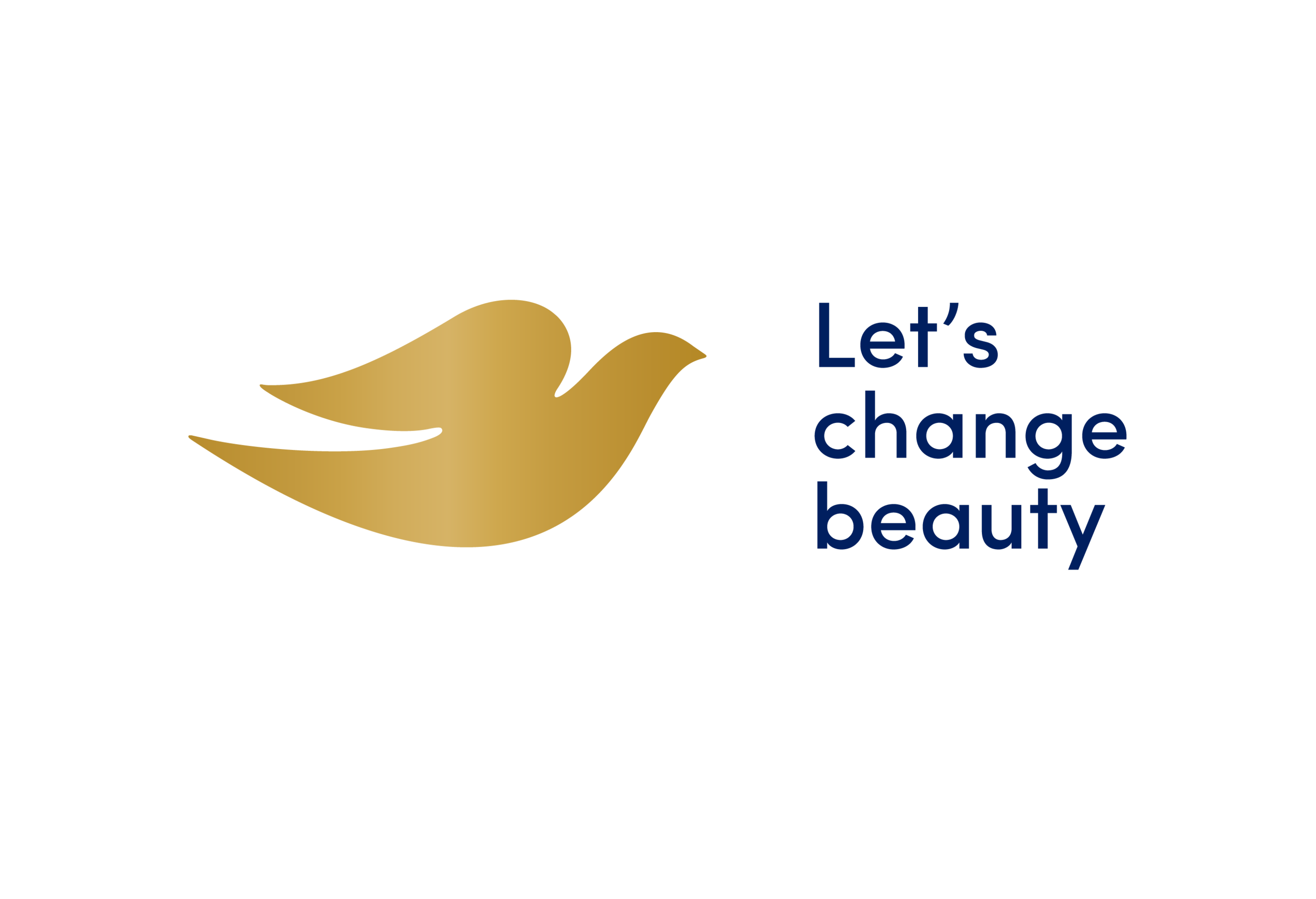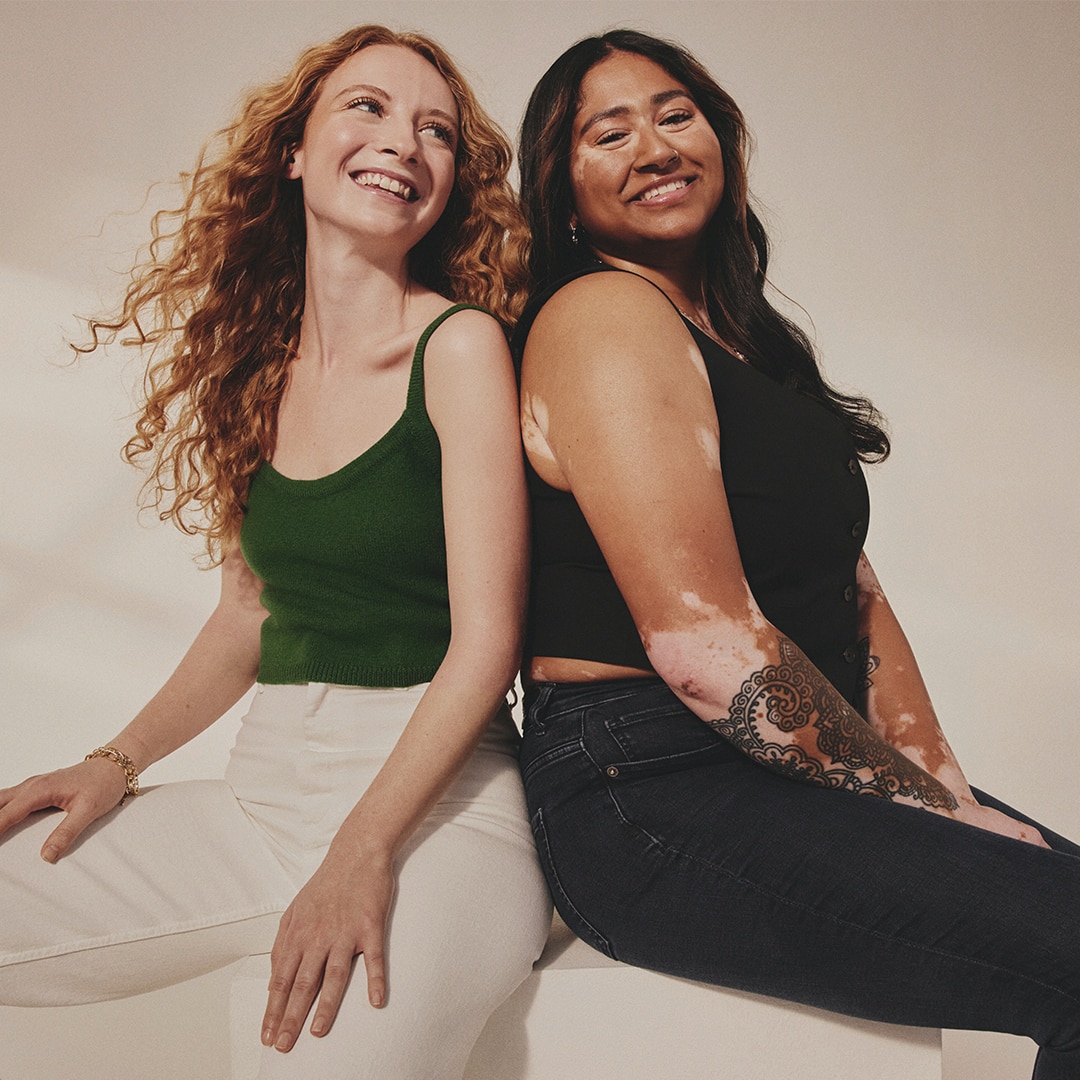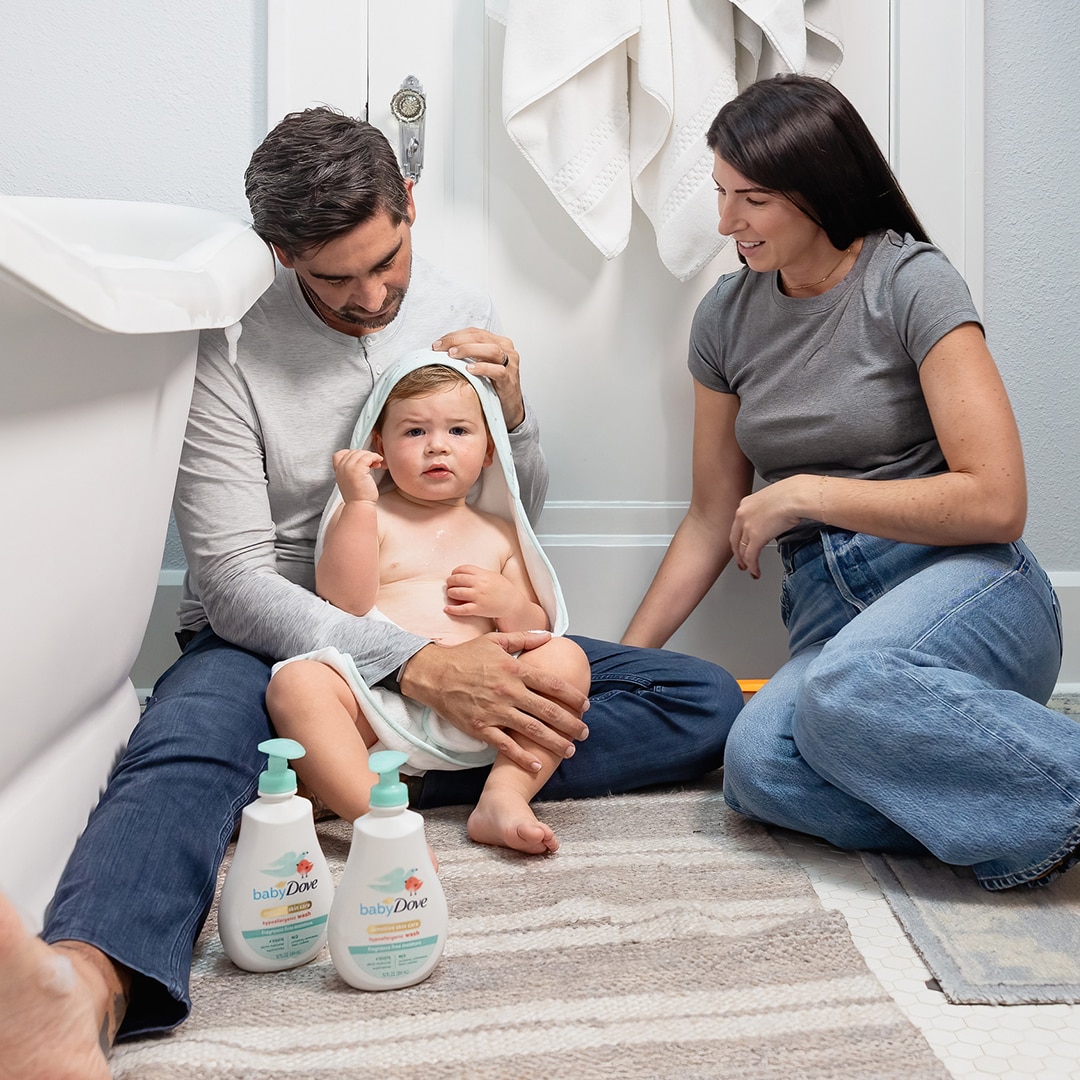The body we’re born with is the body we have with us for the rest of our life. So, it’s important we teach young people to appreciate their bodies and speak to themselves with kindness. To help children overcome the pressures of ever-evolving body trends, we’ve put together a checklist for you to use when talking to them about beauty standards and body confidence.
The ever-evolving ‘perfect’ body shape
From the beauties shown in Renaissance paintings to the hourglass ladies prized by the Victorians, there have always been changing fashions in body shape. And now, body image and social media go hand in hand as the latest body trends can spread around the globe within hours. It’s no wonder impressionable young people may find themselves overwhelmed by images of the latest 'ideal'.
Body shaming and unrealistic beauty standards
The problem is that these beauty standards are unrealistic and unachievable. Worryingly, trends for 'statement' body parts often promote thinness at the expense of healthiness, and encourage young people to become fixated on one part of their body instead of looking after their wellbeing as a whole. Plus, as with all photos these days, it can be tricky to tell whether the images fuelling these standards have been edited.
Comparing and competing
Wondering how social media affects body image? Social media has introduced a new level of competitiveness into body-shape trends, with people keen to get 'likes', 'shares' and approving comments on their selfies. And if young people are struggling to achieve the look they aspire to, there's no end of websites, blogs and video tutorials that promise to help them along the way. The internet is full of 'thinspiration' sites and apparent quick-fixes that can negatively affect children’s mental and physical wellbeing.
Building body confidence
Young people are undergoing huge, often overwhelming, physical and emotional changes, so it's not surprising their body confidence can be easily knocked. It's important we keep reminding our children that people come in all kinds of different shapes and there's no such thing as the ‘perfect’ body.
If you’re looking for tips on how to build body confidence in children, here are some of our best pointers:







